Global Radar Level Transmitter Market: Trends, Growth Drivers, and Forecast
Introduction
The radar level transmitter market has become a crucial segment in industrial automation, particularly in applications involving accurate level measurement of liquids, slurries, and solids. These devices utilize radar technology to provide reliable, non-contact level measurements, even in challenging conditions. Their ability to function in extreme temperatures, pressures, and dusty or vapor-laden environments makes them indispensable across industries such as oil & gas, chemicals, food & beverages, pharmaceuticals, and water & wastewater treatment.
Source – https://www.databridgemarketresearch.com/reports/global-radar-level-transmitter-market
Market Overview
Radar level transmitters use high-frequency radar signals to determine the distance between the transmitter and the material surface. There are primarily two types: non-contact (frequency modulated continuous wave and pulse radar) and guided wave radar transmitters. The non-contact type is more commonly used due to its versatility and minimal maintenance requirements.
The market is expanding rapidly due to increasing automation in industrial processes, stringent safety regulations, and the growing demand for accurate and continuous monitoring systems. As industries aim for higher operational efficiency and process optimization, radar level transmitters are expected to see widespread adoption.
Key Market Drivers
1. Demand for Automation and Precision
Modern industries increasingly rely on automation for enhanced productivity and accuracy. Radar level transmitters provide real-time and highly accurate level measurement, reducing the risk of overflow, underflow, and process downtime.
2. Safety and Regulatory Compliance
In industries like oil & gas and chemicals, maintaining precise control over liquid levels is critical for safety and compliance with environmental regulations. Radar level transmitters help companies monitor and manage hazardous materials more effectively.
3. Technological Advancements
Innovations such as 80 GHz frequency radar sensors, compact designs, and wireless connectivity have improved the performance and usability of radar level transmitters. These advancements allow for installation in small tanks and complex process vessels.
4. Non-Contact Measurement Advantage
Radar-based transmitters operate without direct contact with the process material, making them ideal for use in hygienic environments like food and pharmaceuticals. They are also less prone to wear and contamination compared to contact-based technologies.
Market Restraints
1. High Initial Investment
The cost of radar level transmitters can be relatively high, particularly for small-scale industries. Initial investment in setup, calibration, and integration with existing systems may deter adoption in budget-constrained environments.
2. Availability of Alternative Technologies
Competing technologies such as ultrasonic and capacitive level sensors, while less advanced, are more affordable and may be sufficient for certain applications. This can limit the growth potential in some market segments.
Opportunities
1. Expansion in Emerging Markets
Rapid industrialization in Asia-Pacific, Latin America, and Africa offers significant growth opportunities. Increasing investment in process industries and infrastructure development in these regions is expected to boost demand for level measurement technologies.
2. Integration with IoT and Industry 4.0
The integration of radar level transmitters with industrial IoT platforms allows remote monitoring, predictive maintenance, and data analytics. This transformation supports real-time decision-making and smarter process control, aligning with the global shift toward digitalization.
3. Renewable Energy Sector
The renewable energy industry, including biofuels and geothermal energy, requires precise level monitoring for process fluids. Radar level transmitters are increasingly being deployed in these settings, expanding their application scope.
Regional Insights
North America
The North American market is mature and characterized by high adoption of automation and digital process controls. The U.S. leads in deployment due to stringent safety regulations and the presence of large chemical and oil & gas sectors.
Europe
Europe’s radar level transmitter market benefits from strong environmental regulations and a focus on energy efficiency. Germany, the UK, and France are key contributors due to their advanced manufacturing sectors and adoption of Industry 4.0 practices.
Asia-Pacific
Asia-Pacific is the fastest-growing region, fueled by rapid industrial expansion in countries like China, India, and South Korea. Government initiatives to improve water management and smart manufacturing also support market growth.
Middle East & Africa
The demand in this region is driven by oil & gas operations and water scarcity issues, particularly in GCC countries. Investments in infrastructure and energy projects further boost market potential.
Competitive Landscape
Leading players in the radar level transmitter market include:
Siemens AG
Emerson Electric Co.
Endress+Hauser Group
ABB Ltd.
VEGA Grieshaber KG
Honeywell International Inc.
Yokogawa Electric Corporation
KROHNE Group
Schneider Electric SE
AMETEK Inc.
These companies focus on R&D to introduce compact, energy-efficient, and wireless-enabled radar sensors. Strategic partnerships, mergers, and acquisitions are common strategies to strengthen their global footprint.
Future Outlook
The radar level transmitter market is poised for substantial growth, supported by technological innovation and expanding industrial applications. As industries move toward more digital and efficient processes, radar level transmitters will play a central role in enabling precise measurement and control systems. Integration with smart sensors and wireless communication technologies will further accelerate market penetration.
Conclusion
The global radar level transmitter market is set for strong growth, driven by automation trends, safety needs, and smart manufacturing adoption. Though challenges like high costs and market competition persist, the increasing demand for reliable and maintenance-free level monitoring solutions ensures a promising outlook for radar technology across industries.
